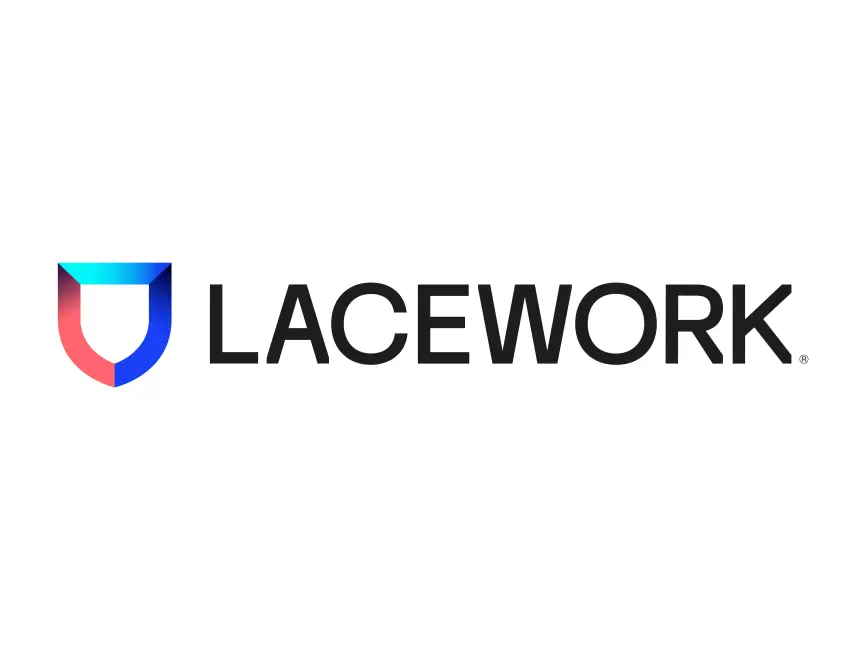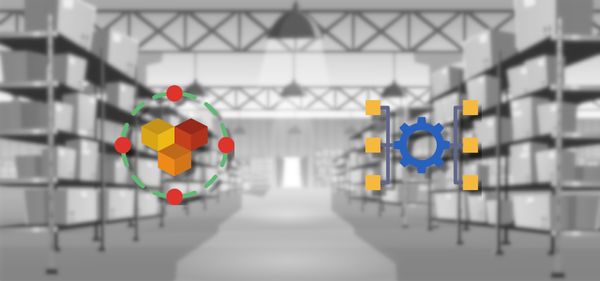
Detect vulnerabilities using Lacework
Introduction
In today's world, cybersecurity is a major concern for businesses of all sizes. With the increasing number of cyber attacks and data breaches, companies need to take the necessary measures to secure their networks and data. One of the ways to achieve this is by using Lacework, a cloud security platform that helps organizations to detect vulnerabilities and security threats in their cloud environment. In this blog post, we will discuss how Lacework can help businesses identify vulnerabilities and protect their cloud environment.
What is Lacework?
Lacework is a cloud security platform that provides comprehensive security and compliance for cloud workloads. It uses machine learning to detect threats and vulnerabilities in real-time, enabling organizations to quickly identify and respond to security incidents. With Lacework, businesses can gain visibility into their cloud environment and protect their data from cyber threats.
How to Detect Vulnerabilities Using Lacework
Lacework offers several features that help businesses detect vulnerabilities in their cloud environment. One of its key features is the ability to view reports, which provides an overview of the security posture of your cloud environment. Reports show you where vulnerabilities exist, and how severe they are, allowing you to prioritize and remediate them.
Another way Lacework helps you detect vulnerabilities is through its ability to understand where the vulnerability is. It does this by analyzing your cloud environment and identifying areas that are susceptible to attacks. Lacework can also provide recommendations on how to mitigate the risk of the vulnerability, so you can take proactive measures to secure your environment.
Finally, Lacework offers automation, which allows you to automatically detect and remediate vulnerabilities. This means that as soon as a vulnerability is detected, Lacework can automatically take action to remediate the issue, reducing the risk of a cyber attack.
Github Actions integration
To integrate Lacework with Github actions, you can use the Lacework Github Action. This action allows you to scan your Docker images for vulnerabilities during your build process. To use the Lacework Github Action, you will need to have a Lacework account and API credentials.
After setting up your Lacework account and obtaining your API credentials, you can add the Lacework Github Action to your workflow file. The action will scan your Docker images for vulnerabilities and provide a report of any findings. This will allow you to ensure that your images are secure before they are deployed.
By integrating Lacework with Github actions, you can automate the process of vulnerability detection and remediation, reducing the risk of a cyber attack and ensuring the security of your cloud environment.
Conclusion
In conclusion, Lacework is a powerful cloud security platform that can help businesses detect and remediate vulnerabilities in their cloud environment. Its machine learning capabilities, combined with its ability to view reports, understand where the vulnerability is, and automate remediation, make it an essential tool for businesses that want to ensure the security of their cloud workloads. By using Lacework, businesses can gain visibility into their cloud environment, protect their data from cyber threats, and maintain compliance with industry regulations.








